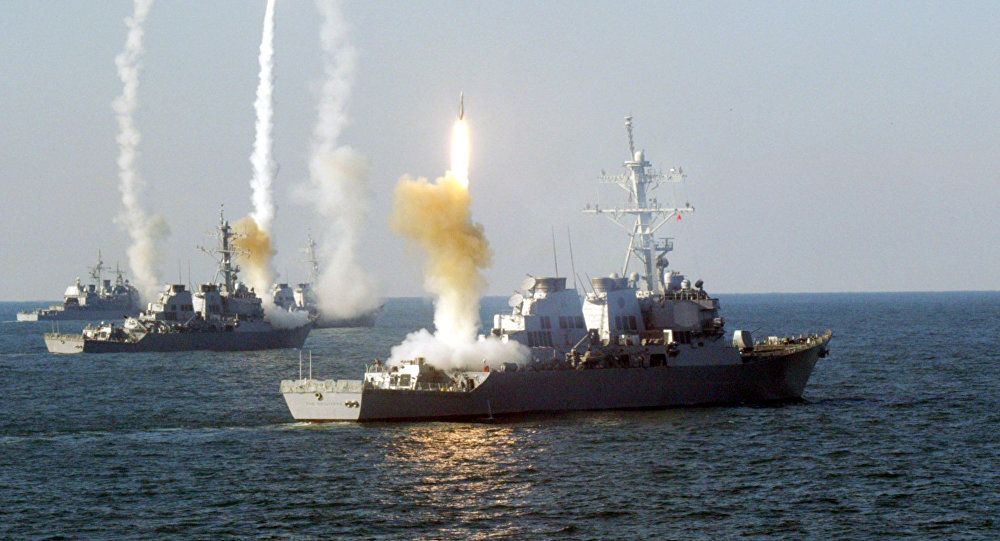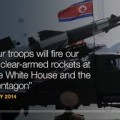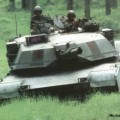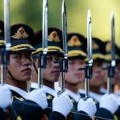The United States has never faced a collection of opponents more dangerous than that of the Russian-Chinese Axis.
Despite that, as Moscow and Beijing have dramatically upgraded their armed forces and engaged in aggressive acts, Washington depleted the nation’s armed strength dedicated to major threats, reducing even further a military that was decimated following the end of the cold war in the mistaken belief that the demise of the USSR meant that peace was at hand. A combination of reduced funding during the Obama era and the expenses of fighting in the Middle East during the presidencies of both father and son Bush led to the current crisis.
There are significant differences in the combination of adversaries threatening the U.S. with those of those of the past, including the German-Japanese axis of World War 2 and the Cold War threat of the Soviet Union and the Eastern European nations it held captive. Unlike the combined threats from Berlin and Tokyo in the 1940’s, the Russian-Chinese Axis is geographically contiguous, with a population base larger than America and its allies. Perhaps most decisively, the industrial capability and vast wealth of Beijing combined with the natural resources of Russia provides the combined threat with the infrastructure necessary to inflict a devastating wartime blow.
There is a growing sense of urgency within the government about the decline of American strength even as the threat expands. According to the House Armed Services Committee (HASC), “America’s military is facing challenges on multiple fronts, including the troubling increase in serious training accidents in all the military services; the re—emergence of competitors like Russia and China; the nuclear ambitions of Iran and North Korea; and the imperative to keep up the pressure on ISIS, al Qaeda, and other terrorist groups.”

US warships launching airstrikes against Russian-backed Syrian research, storage and military targets.
The HASC notes that “Competitors like Russia and China are investing in new strategic weapons designed to challenge America’s credible nuclear deterrent, undermine missile defense capabilities, and erode the advantages the U.S. derives from Space.” According to the Congressional Committee, “The NDAA takes a comprehensive approach to ensuring U.S. security by answering each one of those these challenges. Russia and China are building new modern nuclear weapons. At the same time, America’s nuclear deterrent has been neglected.”
In response, The House of Representatives passed the 2019 National Defense Authorization Act, which reflects that growing concern.
If passed by the Senate and approved by the President in its current form, the spending bill would authorize $717 billion in spending for defense needs, including significant increases for readiness recovery, and fully fund a 2.6 percent pay raise for servicemembers, the highest increase in 9 years. It also extends special pay and bonuses for servicemembers in high-demand fields to combat the high turnover of these jobs.
The HASC notes that “While the world has grown more dangerous, our military has grown smaller. Rebuilding the U.S. military must begin with growing the number of uniformed personnel. To help alleviate the stress on the force, the NDAA authorizes increases in the size of the Army, Navy, Air Force, Naval and Air Reserve, and Air Guard commensurate with the threats we face. …Continuing to recruit and retain America’s best…The NDAA also takes steps to address the ongoing pilot shortage, which is hampering readiness in every Service. In an effort to address the persistent pilot shortage in the Air Force, the NDAA requires the Service to evaluate all pilot staff requirements to maximize pilots’ time in the cockpit. Similarly, the bill extends the National Guard recruiting pilot program, which is designed to use retired senior enlisted members to fill recruiter positions so that current National Guard members can focus on their primary mission.”
Frank Vernuccio serves as editor-in-chief of the New York Analysis of Policy and Government.
















Follow Us